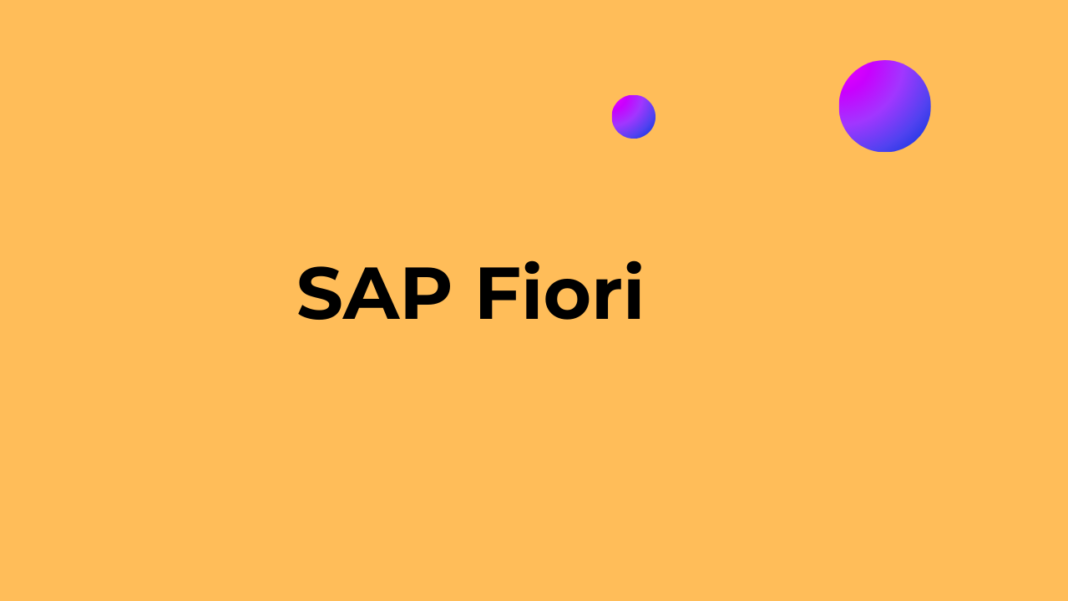Introduction to SAP Fiori
SAP Fiori Training, It represents a paradigm shift in how enterprises interact with their digital landscape, transforming traditional user interfaces into intuitive, role-based experiences. At its core, Fiori ensures that users can engage with SAP applications as they would with modern consumer apps—simple and engaging. The design principles encapsulated in Fiori prioritize usability and accessibility, effectively breaking down silos created by legacy systems. With an emphasis on responsive design, applications are no longer confined to desktops; whether it’s a mobile device or a tablet, the user experience remains seamless and coherent.
What sets SAP Fiori apart is its robust integration capabilities and flexible deployment options. Organizations can tailor their Fiori applications by utilizing smart technologies like AI and machine learning to enhance functionalities further while deriving actionable insights from data analytics. This allows businesses not only to improve workflow efficiency but also to make data-driven decisions faster than ever before. As companies adopt advanced techniques within the Fiori framework, they discover untapped potential for customization that aligns perfectly with organizational goals—empowering users even more while fostering an agile workplace culture.
Key Concepts and Terminology
Understanding key concepts and terminology is crucial for harnessing the full potential of SAP Fiori in enhancing user experience. At the heart of Fiori’s design philosophy lies the concept of role-based access, which ensures that users interact with applications tailored to their specific needs, thus streamlining workflows and promoting efficiency. This approach not only increases productivity but also fosters a more intuitive interaction with enterprise software, as users are presented with relevant information at their fingertips.
Another foundational term is “Fiori Elements,” which allows developers to leverage predefined templates to create applications quickly while adhering to best practices in UI/UX design. By using these elements, teams can accelerate development cycles without sacrificing quality or consistency across platforms. Additionally, exploring “Smart Controls” empowers developers to build intelligent interfaces by integrating machine learning capabilities—this might include predictive analytics or automated decisions based on user behavior—ultimately transforming static applications into dynamic tools that adapt and learn from their users.
As organizations continue to embrace digital transformation, terms like theming and responsive design gain prominence; achieving an aesthetic that resonates with branding while ensuring usability across devices is essential. Understanding these concepts enables companies not only to create visually appealing interfaces but also ensures a seamless experience whether accessed via desktop or mobile devices. In essence, mastering this vocabulary elevates both technical implementation and strategic foresight within any project aimed at optimizing SAP Fiori’s user-centric framework.
SAP Fiori Design Principles
SAP Fiori Design Principles are the backbone of creating user-centric applications that emphasize simplicity and efficiency. By following these principles, designers can ensure that each application maintains a harmonious balance between functionality and usability. One of the core principles is Role-Based. This encourages developers to tailor experiences based on specific user roles, allowing for personalized workflows that cater directly to individual needs and enhancing productivity.
Another essential principle is Responsive. In an age where users access applications across various devices, ensuring a seamless experience from desktops to smartphones is crucial. It’s not just about resizing screens; it’s about rethinking design patterns so they naturally adapt, providing intuitive navigation regardless of device type. Furthermore, the principle of Coherent emphasizes consistency across all touchpoints—color schemes, fonts, and icons create an intuitive experience that fosters familiarity and reduces cognitive overload. By embracing these design principles in SAP Fiori applications, organizations can not only elevate their UX but also drive engagement and adoption rates among users who crave efficient solutions tailored specifically for them.
SAP Fiori Elements and Applications
SAP Fiori Elements transforms the development landscape by enabling rapid application creation with a standardized approach that prioritizes user experience. Developers benefit from leveraging predefined templates, which streamline processes while ensuring consistency across applications. This not only accelerates the time-to-market for new features but also reduces development costs significantly. Leveraging intelligent annotations within Fiori Elements can unlock hidden business capabilities by automatically adapting to various data models, optimizing performance and responsiveness based on context.
Moreover, integrating custom extensions into Fiori Element applications empowers organizations to tailor their solutions without sacrificing coherence or usability. By utilizing Floorplan Manager in conjunction with guided procedures, businesses can provide dynamic user experiences that adapt in real-time to user interactions and data updates. This adaptability is crucial in today’s fast-paced environments where agility often dictates success. Whether it’s adjusting layouts based on device types or enhancing accessibility features for broader inclusivity, SAP Fiori Elements is redefining how businesses engage with digital interfaces, creating pathways for innovative workflows that align closely with end-user needs.
Conclusion
In conclusion, mastering advanced SAP Fiori techniques is not merely about honing technical skills; it’s a transformative journey toward enhancing user experience at every touchpoint. As organizations increasingly prioritize intuitive design and seamless usability, the effective implementation of these strategies can set businesses apart in competitive landscapes. Whether it’s through personalized applications or responsive design principles, Fiori empowers users to engage more deeply and efficiently with critical business processes.
Moreover, embracing continuous feedback loops and iterative enhancements ensures that the user experience evolves alongside changing needs. By actively listening to end-users and integrating their insights into development cycles, organizations can cultivate an environment of innovation that not only attracts but retains satisfied users. The challenge lies in balancing aesthetics with functionality—a pursuit where advanced SAP Fiori techniques shine bright as key enablers in crafting meaningful interactions and driving overall organizational success.







